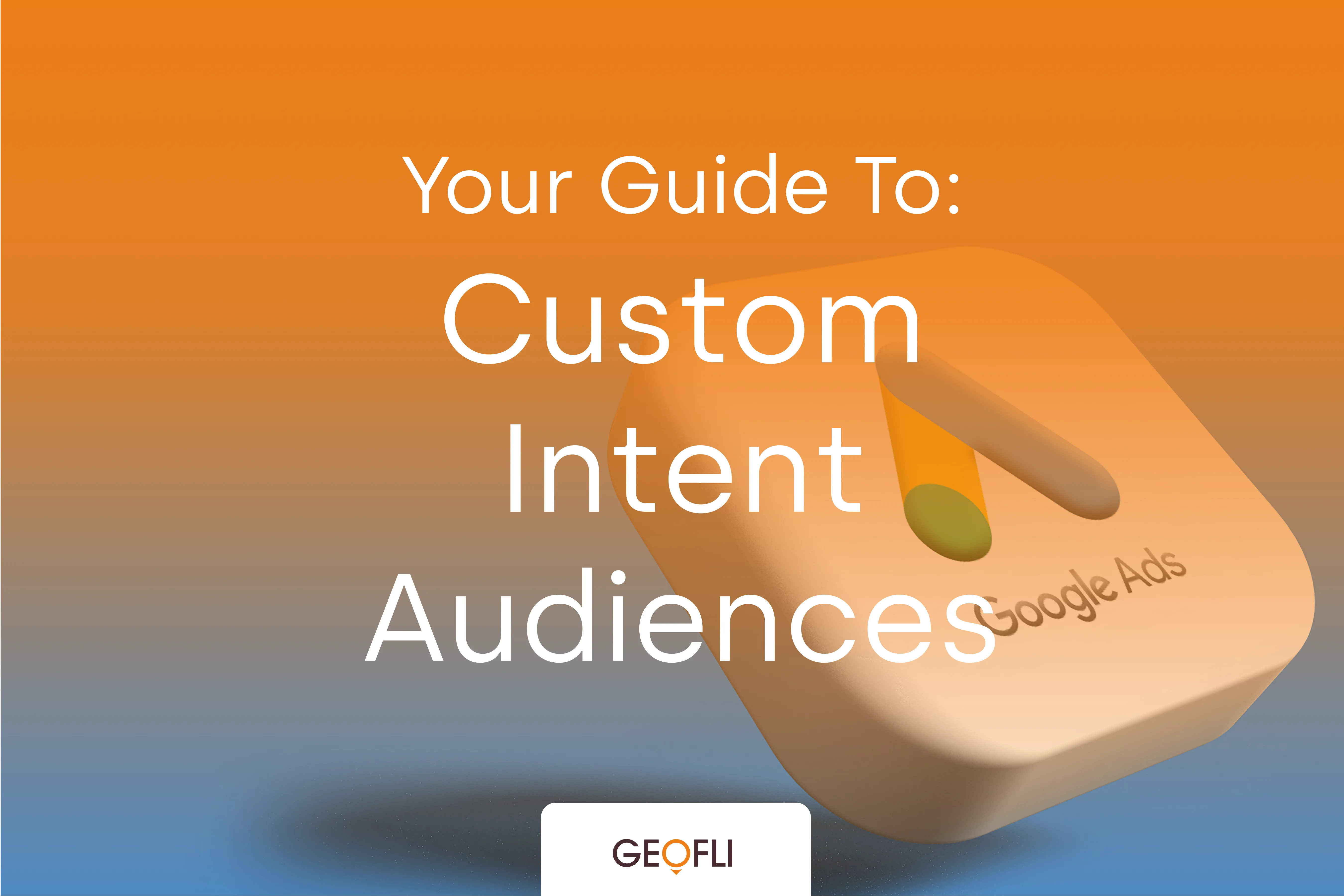Marketing is about segmentation. If you’re sending email “blasts” you’re doing it wrong. Plain and simple. To operate email retargeting successfully, the person with their finger on the email trigger is going to need both technical skills (or a killer technical team) and a working knowledge of how digital marketing tags and filters operate. This article shows how using marketing tags, it's possible to send email to users on your subscription list that visit specific pages on your website.
How it Works
Although the example here comes from Mailchimp, most enterprise CRMs have this functionality to some degree. Mailchimp offers a low barrier-to-entry and relatively non-technical filter-setup option that produces some awesome results.
Digital Marketing at its Finest
You send a targeted email to your subscription list, let’s say in this example you have a list of names purchased through a name-buy. When you send a campaign to this list and a user clicks on a link, a cookie is placed on their browser. When that user moves from your campaign to your website, Mailchimp tracks browsing activity.
Where the Magic Happens
User clicks on the international admission's page. User watches a video but then leaves the site before requesting more information. Using web-page targeting and a simple filter, send a quick email to that user reminding them of the reasons they should apply to your college before the deadline.Disclaimer: this does not work with all email tools … yet. If your CRM does not currently provide this function, they’re behind and you should pressure them to do so. If you just want to use this feature, you can upload a CSV of your top contacts and build these filters.






